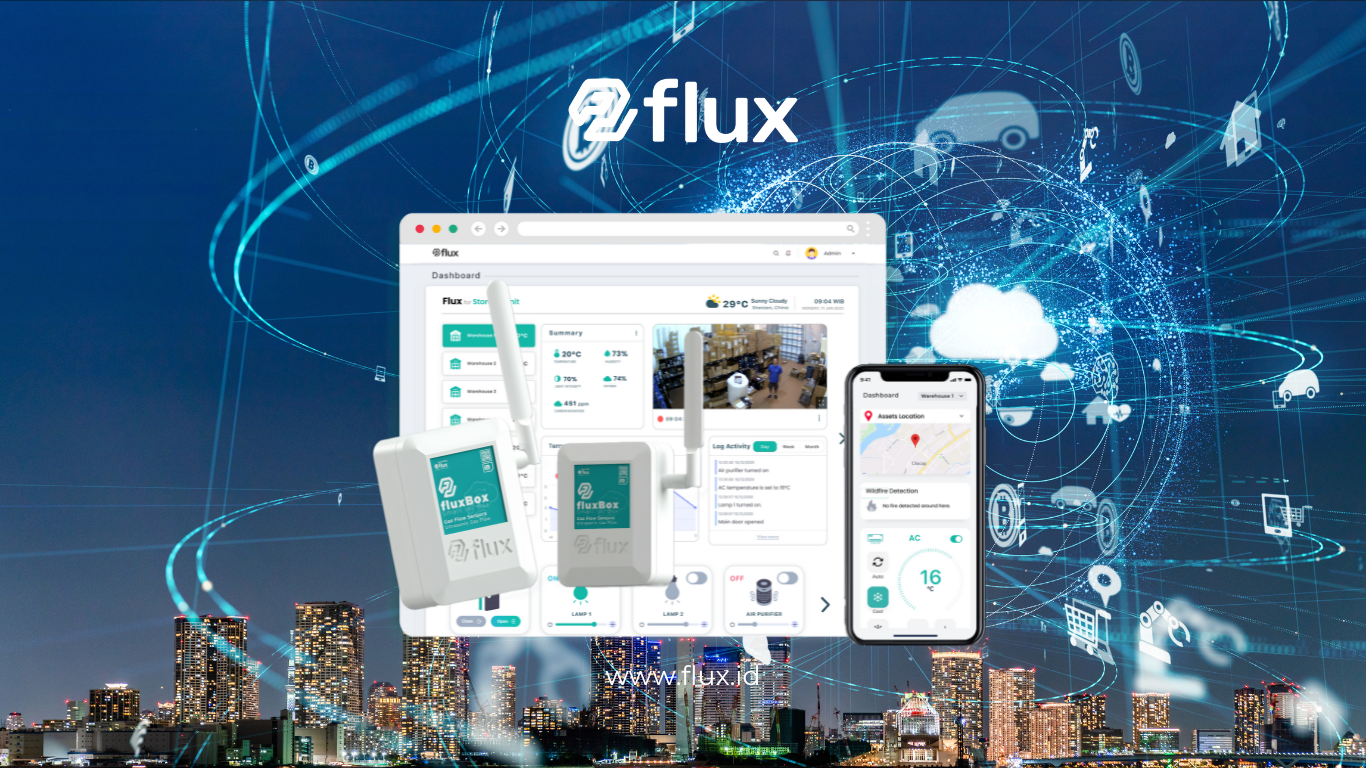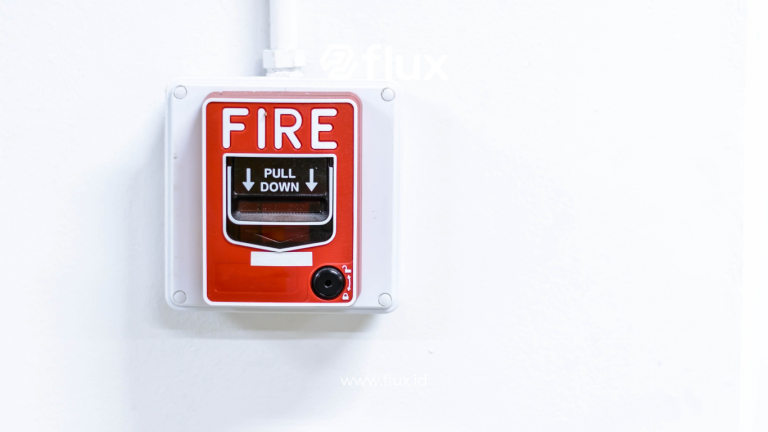Don't miss our holiday offer - 20% OFF!
Digital transformation has become a major driver in the evolution of modern industries. In an era dominated by data, Internet of Things (IoT) plays a crucial role in enhancing the way companies operate. With an increasing number of connected devices, the need to manage and optimize these devices has become more urgent. Flux, as one of the leading IoT platforms from Nocola, offers advanced solutions for connecting, managing, and optimizing various IoT devices more efficiently. In this article, we will discuss the advantages of Flux, how it can be applied across different industries, and its impact on productivity and operational efficiency.
Contents
What is Flux?

Definition
Flux is an IoT platform designed to provide robust connectivity and efficient management for various devices. By using Flux, companies can leverage data from connected devices to support quicker and more informed decision-making.
Key Features of Flux
- Device Integration: Supports various types of devices and sensors, facilitating the connection of all elements within a single integrated system.
- Real-Time Monitoring: Provides up-to-date data on the operational state of devices, simplifying monitoring.
- Notifications and Alerts: Generates automatic notifications to inform users of anomalies or issues in device operations.
- Interactive Dashboard: Displays data in a visual format that is easy to understand, helping users evaluate device performance instantly.
Why is Monitoring and Controlling IoT Devices Important?

1. Improving Operational Efficiency
Flux is designed to optimize operations by enabling better monitoring and management. With accurate data available, companies can identify efficiency measures and detect anomalies at the earliest opportunity to prevent issues.
2. Facilitating Data-Driven Decision Making
Data-driven decisions provide a competitive advantage. Flux organizes data clearly and structured, enabling management to respond quickly to changes.
3. Cost Savings
By implementing efficient device monitoring, Flux helps in reducing resource waste. These cost reductions are particularly beneficial in production processes that often incur high expenses.
4. Competitive Advantage
Companies adopting modern solutions like Flux have a better chance to compete in a continuously evolving market. This technology offers advantages in terms of innovation and efficiency.
How Does Flux Work to Optimize IoT Devices?
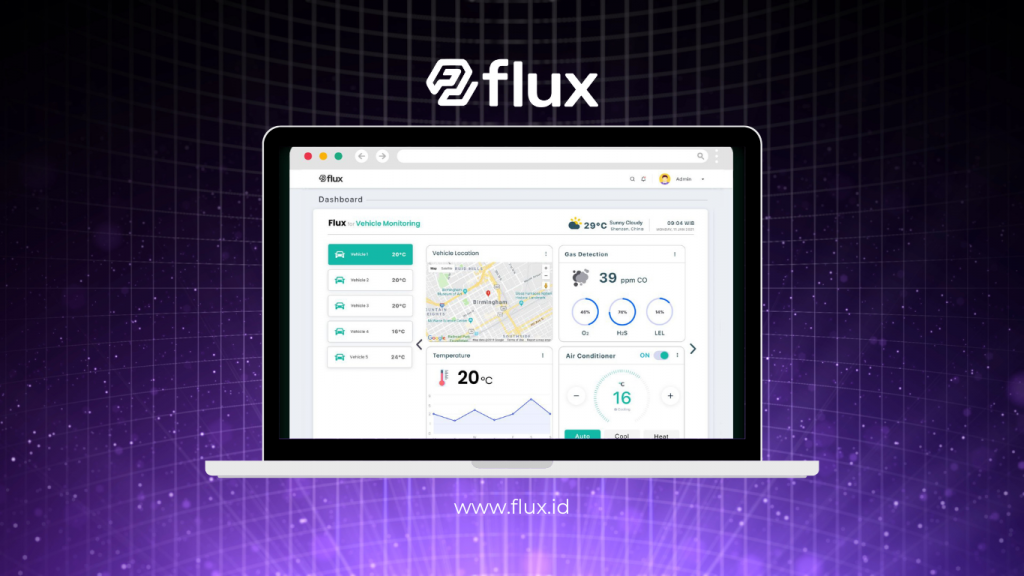
1. Device Connectivity to the Platform
The Flux system is designed to connect various IoT devices. The first step in utilizing it involves connecting devices to Flux’s platform through the provided interface. This involves:
- Ensuring that all devices intended for use are registered in the system.
- Configuring devices to ensure they can communicate effectively with the platform.
2. Data Collection
Once connected, the devices begin collecting data according to predetermined parameters. Each device continuously sends data to the platform, which may include information on energy usage, operational status, and other metrics.
3. Data Analysis
After data collection, Flux analyzes the information to identify patterns and trends. AI and advanced analytics algorithms enable the platform to provide insightful information. This includes:
- Anomaly Detection: Through algorithmic analysis, Flux can detect potential issues with devices or operations.
- Reporting and Visualization: The data is analyzed and presented in reports and visual formats that are easy for users to understand.
4. Notifications and Automated Actions
This system has the capability to send notifications automatically to users. If the data indicates abnormal conditions, notifications will be sent so appropriate action can be taken. This is crucial in preventing greater damage and maintaining smooth operations.
5. Control and Automation
Flux not only monitors but can also control devices. In certain cases, users can set automated thresholds that trigger devices to take specific actions when they reach predetermined limits. For example, if the temperature within a machine exceeds a certain limit, the system can automatically shut down the machine to prevent damage.
Practical Applications of Nocola Technology Across Various Sectors
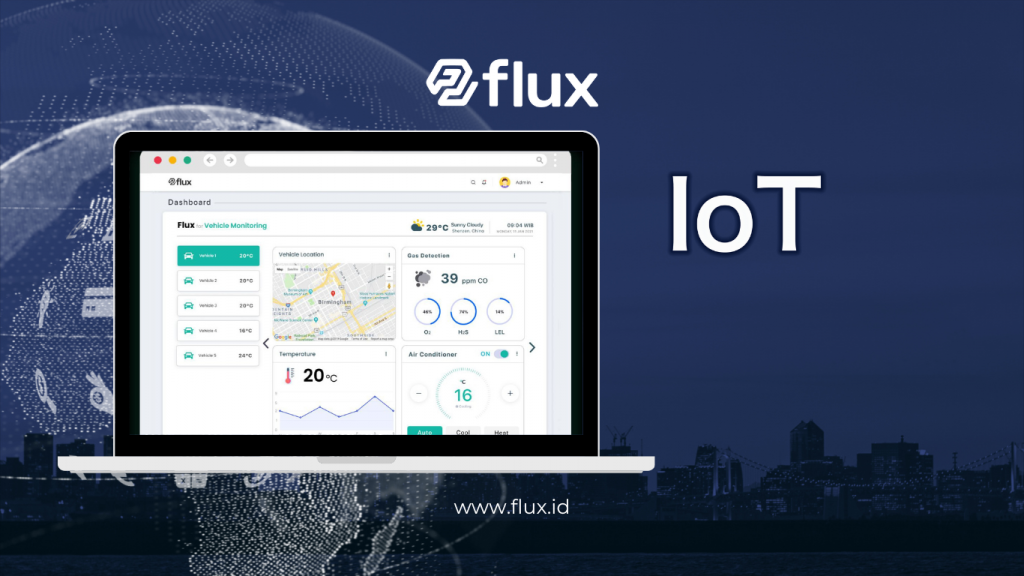
1. Energy Sector
In the energy sector, Nocola’s technology allows for monitoring greenhouse gas emissions from power plants. With the integrated CEMS system, energy companies can:
- Maintain compliance with environmental regulations.
- Reduce harmful emissions and negative impacts on public health.
2. Manufacturing Sector
In the manufacturing sector, Nocola’s LogSheet Digital and WQMS are used to record material usage and production efficiency. This helps ensure that products meet quality standards and improves overall productivity.
3. Agriculture Sector
In agriculture, integrating IoT technology with WQMS ensures the quality of irrigation water. This is crucial for preventing pollution and maintaining soil health, improving agricultural yields.
4. Healthcare Sector
In healthcare, using WQMS to monitor water quality in hospitals is vital. With accurate data, hospitals ensure that the water used in medical procedures meets required hygiene standards.
Anticipating the Future with Nocola Technology
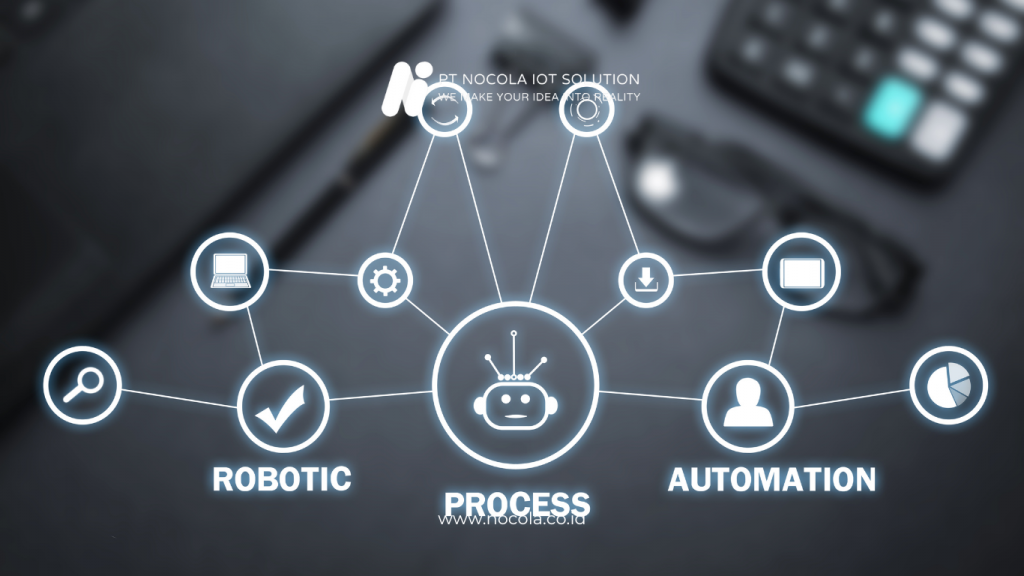
1. Continuous Innovation
The industrial sector will continue to evolve. To remain relevant, Nocola must invest continuously in research and development to discover new technologies and enhance existing products.
2. Artificial Intelligence and Data Analysis
Integrating artificial intelligence into Nocola’s solutions will elevate data analysis to a new level. AI can automatically analyze data and provide deeper insights for better decision-making.
3. Flexibility and Responsiveness
Evolving industries demand that companies remain responsive to changing market demands and regulations. Nocola’s solutions are designed to be flexible and adaptable to these requirements.
Conclusion
Nocola’s Solutions offer extraordinary opportunities to enhance efficiency and productivity across various sectors. By leveraging technologies such as CEMS, LogSheet Digital, and WQMS, companies can not only meet environmental regulations but also commit to sustainability.
Digital transformation presents significant potential for improvements in how companies operate, and Nocola’s technology is a crucial step toward a greener and more efficient industrial future. By implementing the right practices and maintaining a commitment to innovation, every company can successfully navigate the complexities of the digital era.


